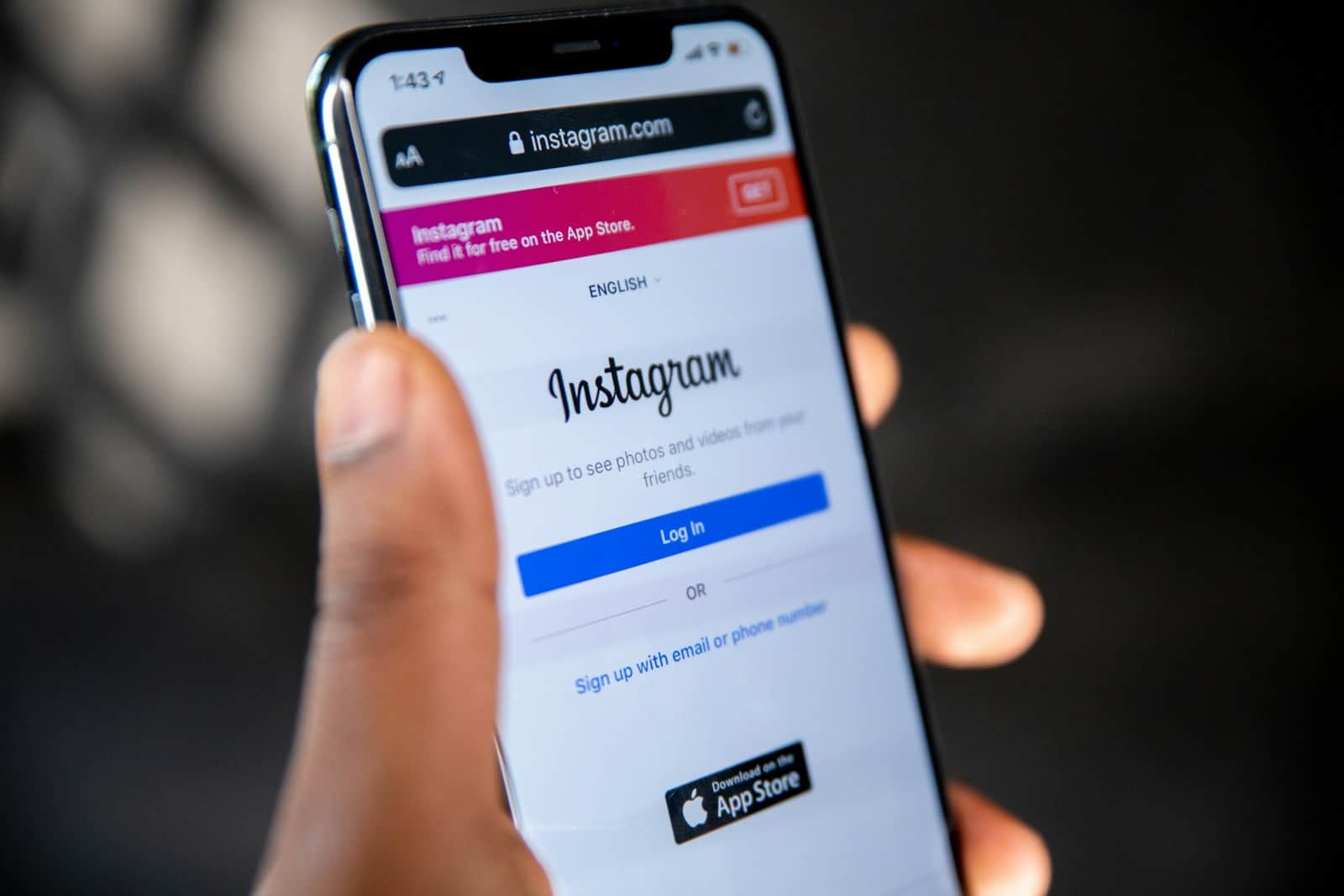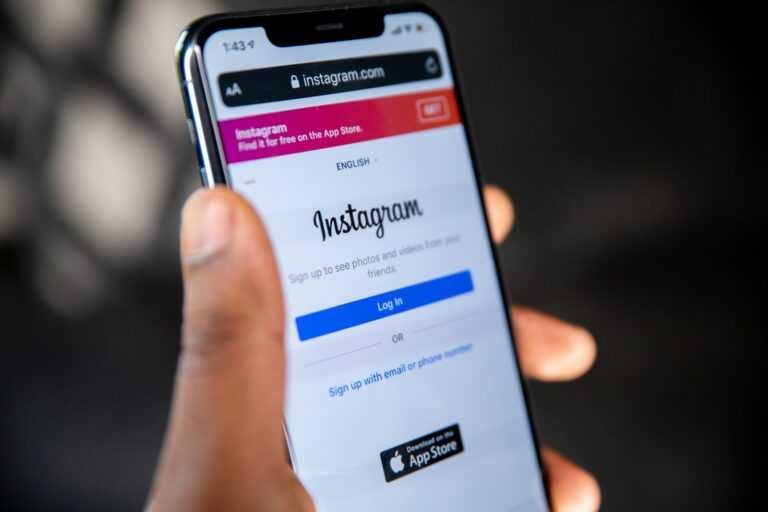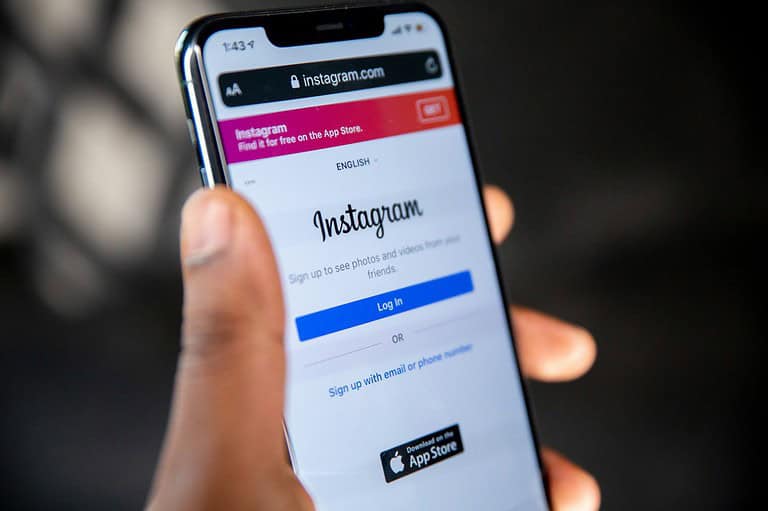
Instagram account cloning poses a serious threat to users’ online security and privacy. Scammers create fake profiles by copying names, photos, and personal information from real accounts. This deceptive practice can lead to identity theft, financial fraud, and reputational damage.
To prevent account cloning on Instagram, users should set their profiles to private and carefully vet follower requests. This simple step limits access to personal information and photos, making it harder for scammers to replicate accounts. Additionally, enabling two-factor authentication adds an extra layer of security, protecting accounts from unauthorized access.
Users can further safeguard their Instagram accounts by using strong, unique passwords and regularly updating them. It’s also wise to be cautious about the information shared in posts and stories, as scammers often use these details to make cloned accounts appear more authentic.
Protecting Your Instagram: Preventing and Handling Account Cloning
Why Account Cloning is a Problem
Account cloning, where someone creates a fake Instagram profile that closely resembles yours, is a serious issue. Cloned accounts can be used for various malicious purposes, including:
- Scamming your followers: The clone account may try to trick your followers into sending money or personal information.
- Damaging your reputation: The fake account might post inappropriate content or engage in harmful behavior, reflecting poorly on you.
- Phishing for information: The clone account might try to trick your followers into revealing their login credentials or other sensitive data.
- Impersonation: The clone account may attempt to impersonate you in other online interactions.
Preventing Account Cloning
While you can’t completely eliminate the risk, here are some steps to minimize the chances of your account being cloned:
1. Strong Password and Two-Factor Authentication
- Use a strong, unique password: Your password should be long, complex, and different from passwords you use on other websites.
- Enable two-factor authentication (2FA): This adds an extra layer of security, requiring a code from your phone or an authentication app in addition to your password.
2. Privacy Settings
- Set your profile to private: This limits who can see your posts and profile information, making it harder for someone to copy your content.
- Control who can tag you: Adjust your tagging settings to prevent unwanted tags that could be used to create a fake profile.
- Review follower requests: Be selective about who you accept as followers.
3. Be Mindful of What You Share
- Limit personal information: Avoid sharing excessive personal details in your bio or posts, such as your full name, address, phone number, or other sensitive information.
- Be cautious about sharing photos: Avoid posting high-resolution photos that could be easily copied and used to create a clone account.
4. Monitor Your Online Presence
- Regularly search for your name or username on Instagram: This can help you identify potential clone accounts early on.
- Use Google Alerts: Set up Google Alerts for your name or username to be notified when it appears online.
What to Do if Your Account Has Been Cloned
If you discover a clone account, take these steps immediately:
1. Report the Clone Account to Instagram
- Go to the clone account’s profile: Tap the three dots in the top right corner.
- Select “Report”: Choose the appropriate reason for reporting, such as “Pretending to be someone else.”
- Provide details: Give as much information as possible about why you believe the account is a clone.
2. Notify Your Followers
- Post a story or message on your real account: Inform your followers about the clone account and warn them not to interact with it.
- Encourage your followers to report the clone account: The more reports Instagram receives, the faster they will take action.
3. Change Your Password
- Change your Instagram password immediately: This will help prevent the clone account from accessing any further information from your real account.
4. Review Your Privacy Settings
- Double-check your privacy settings: Make sure your profile is set to private and that your tagging settings are appropriate.
5. Contact Instagram Support (If Necessary)
- If Instagram doesn’t take action promptly, contact their support directly: Provide them with all the details about the clone account.
Preventing Future Cloning Attempts
After dealing with a clone account, take these extra steps to further protect yourself:
- Use a watermark on your photos: This can make it harder for someone to use your photos to create a convincing clone account.
- Be wary of suspicious messages or requests: Don’t click on links or provide personal information to accounts you don’t recognize.
Understanding Instagram’s Policies on Impersonation
Instagram has strict policies against impersonation and account cloning. They take reports of these issues seriously and will typically remove clone accounts that violate their terms of service.
The Importance of Community Reporting
Community reporting plays a crucial role in identifying and removing clone accounts. If you see an account that you suspect is a clone, report it to Instagram. This helps protect not only the person being impersonated but also the entire Instagram community.
Additional Security Measures
Consider using a password manager to generate and store strong, unique passwords for all your online accounts. This can significantly improve your overall online security and reduce the risk of account compromise.
By taking these preventive measures and acting quickly if you discover a clone account, you can significantly reduce the risk of falling victim to this type of online impersonation.
Exploring Legal Options if Necessary
In severe cases of account cloning that result in significant harm, such as financial loss or reputational damage, you may want to consult with a legal professional. They can advise you on potential legal options, such as pursuing a cease and desist letter or other legal actions. This is usually a last resort, but it’s important to be aware of your options in extreme situations.
Key Takeaways
- Set Instagram profiles to private and enable two-factor authentication
- Use strong, unique passwords and update them regularly
- Be cautious about sharing personal information in posts and stories
Understanding Account Cloning
Account cloning on Instagram involves creating fake profiles that mimic real users. This deceptive practice aims to trick people into accepting friend requests from seemingly familiar accounts.
Common Cloning Methods
Scammers often use publicly available information to create convincing clone accounts. They copy profile pictures, names, and bios from legitimate users. Some attackers employ automated tools to speed up this process.
Phishing scams are another tactic used in account cloning. Criminals send messages that appear to be from Instagram, asking users to verify their accounts. These links lead to fake login pages that steal credentials.
Social engineering techniques also play a role. Scammers may contact friends of the targeted user, pretending to be locked out of their account and requesting help to regain access.
Potential Risks and Impact
Cloned accounts can cause significant harm to individuals and businesses. Impostors may damage reputations by posting inappropriate content or sending offensive messages to contacts. Financial risks are also present, as cloned accounts can be used for fraud or scams.
Privacy breaches are a major concern. Cloned accounts may gain access to personal information shared with the fake profile. This data can be exploited for identity theft or further social engineering attempts.
Emotional distress is common among victims of account cloning. Users may feel violated and lose trust in online platforms. Rebuilding one’s digital identity after such an attack can be challenging and time-consuming.
Securing Your Instagram Account
Protecting your Instagram account from unauthorized access and cloning attempts requires a multi-faceted approach. By implementing strong security measures, users can significantly reduce the risk of account compromise.
The Importance of Strong Passwords
Strong passwords form the first line of defense against unauthorized access. A robust password should be at least 12 characters long and include a mix of uppercase and lowercase letters, numbers, and symbols. Avoid using personal information like birthdays or names.
Create a unique password for Instagram. Reusing passwords across multiple accounts increases vulnerability. Consider using a password manager to generate and store complex passwords securely.
Regularly update your Instagram password, especially if you suspect any suspicious activity. Never share your password with anyone, including friends or family members.
Activating Two-Factor Authentication
Two-factor authentication (2FA) adds an extra layer of security to your Instagram account. When enabled, it requires a second form of verification beyond your password to log in.
To activate 2FA:
- Go to Settings > Security
- Tap “Two-Factor Authentication”
- Choose your preferred method (SMS or authentication app)
SMS verification sends a code to your phone number. An authentication app generates time-based codes on your device. The app method is generally more secure than SMS.
Enable backup codes in case you lose access to your primary 2FA method. Store these codes safely offline.
Regular Monitoring and Account Auditing
Frequent account audits help detect and prevent unauthorized access. Review your account activity regularly to spot any suspicious logins or changes.
Check your login activity:
- Go to Settings > Security
- Tap “Login Activity”
- Review the list of devices and locations
If you notice unfamiliar logins, immediately change your password and enable 2FA if not already active.
Regularly review connected apps and websites. Remove access for any unfamiliar or unused services. This limits potential entry points for hackers.
Set up login alerts to receive notifications when someone logs into your account from an unrecognized device. This feature provides real-time awareness of potential security breaches.
Recovery and Support
Account cloning on Instagram can be distressing. Swift action and proper channels are key to regaining control and protecting your online presence.
Steps to Recover a Cloned Account
Change your password immediately. Log in to your authentic account and go to Settings > Security > Password. Choose a strong, unique password not used on other platforms. Enable two-factor authentication for added security.
Check linked accounts and remove any unfamiliar ones. Go to Settings > Security > Apps and Websites. Revoke access for suspicious third-party apps.
Review recent activity. Check Settings > Security > Login Activity. Log out of unfamiliar sessions and secure your account.
Update your email and phone number. Ensure these are current in Settings > Account > Personal Information.
Report the cloned account to Instagram. Use the in-app reporting feature or visit the Help Center to file a report.
Reaching Out to Instagram Support
Contact Instagram directly through the Help Center. Select “Privacy and Safety” then “Report a Hacked Account” to start the process.
Provide detailed information about your account. Include your username, email address, and phone number associated with the account.
Be patient but persistent. Instagram support may take time to respond. Follow up if you don’t hear back within a few days.
Consider using Instagram’s support request form. This can be found on their official website under the “Help” section.
Document all communication with Instagram. Keep records of report numbers and correspondence for future reference.
Best Practices for Continued Safety
Maintaining Instagram account security requires ongoing vigilance and proactive measures. Two key strategies can significantly enhance protection against cloning attempts and other threats.
Using a Password Manager
Password managers offer a robust solution for securing Instagram accounts. These tools generate and store complex, unique passwords for each online account. Users only need to remember one master password to access their vault.
Top password managers like LastPass and 1Password provide browser extensions and mobile apps for easy access. They automatically fill login forms, reducing the risk of keyloggers capturing passwords. Many also offer two-factor authentication for an extra layer of security.
Password managers often include features to analyze password strength and alert users to reused or weak passwords. This helps maintain strong, diverse passwords across all accounts, including Instagram.
Educating Yourself About Scams
Staying informed about current scams is crucial for Instagram safety. Scammers constantly evolve their tactics, making ongoing education essential.
Users should follow reputable cybersecurity blogs and Instagram’s official security updates. Learning to spot phishing attempts, fake giveaways, and other common scams can prevent account compromise.
It’s important to verify suspicious messages or requests, even if they appear to come from friends. Scammers often use cloned accounts to trick users. When in doubt, contact friends through alternate channels to confirm unusual requests.
Instagram users should also familiarize themselves with the platform’s built-in security features. This includes understanding privacy settings, blocking tools, and how to report suspicious activity.
Frequently Asked Questions
Instagram users often encounter challenges with account security and cloning. These questions address key concerns and provide actionable solutions.
How can I secure my Instagram account to prevent cloning?
Enable two-factor authentication for added security. Use a strong, unique password for your Instagram account. Keep your email address and phone number up to date. Set your account to private and be cautious about accepting friend requests from unknown users.
What steps should I take if I discover my Instagram account has been cloned?
Change your password immediately. Check your login activity for any suspicious entries. Report the cloned account to Instagram. Alert your followers about the fake account. Review and update your privacy settings to prevent future incidents.
How do I report a cloned Instagram account using my personal information?
Go to the cloned profile and tap the three dots menu. Select “Report” and choose “It’s pretending to be someone else.” Follow the prompts to provide details about the impersonation. Instagram will review the report and take appropriate action.
Is there a way to determine if someone has created multiple fake accounts of my Instagram profile?
Search for your name or username on Instagram. Look for accounts using your photos or personal information. Check if any of your followers mention receiving strange messages from “you.” Use Google Image Search to find copies of your photos on other accounts.
What are the best practices for managing privacy settings to avoid Instagram account cloning?
Set your account to private. Limit the personal information visible on your profile. Disable the “Similar Account Suggestions” feature. Be selective about who you allow to follow you. Regularly review your followers list and remove any suspicious accounts.
How can I block or remove fake accounts impersonating me on Instagram?
Report the fake account to Instagram for impersonation. Block the account to prevent it from interacting with you. Warn your followers about the impersonator. Document evidence of the fake account for potential legal action. Consider temporarily making your account private to limit the impersonator’s access to your content.





